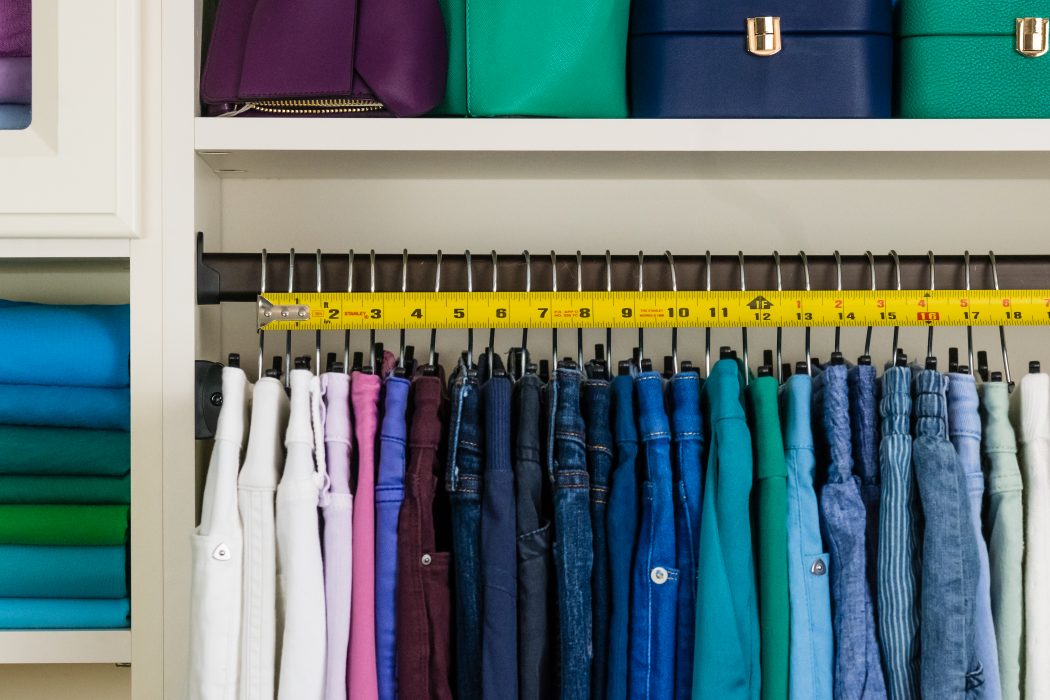Twice a year, many of us in the northeast face the daunting task of storing our off-season clothes. Professional organizer C. Lee Cawley, founder and CEO of Simplify You, Inc., has suggestions to make the process easier when you begin to stash your shorts and sandals this fall. Careers in both costume design and boutique management had taught Cawley how to handle clothing—on and off the body—but she developed her storage strategies while she and her husband were living in a small apartment in Cambridge, Massachusetts. “The most challenging part were our tiny closets,” says Cawley. “I measured the inches I had for my clothes—and it wasn’t much!”
She recommends allotting three-fourths of your closet rack for distinctly in-season clothes, like sundresses, and one-fourth for transitional items that work in both spring and fall, such as light cardigans and long sleeved shirts. Then when it’s time to switch over to the opposite season you pull out only the waning-season items and leave the transitional items in place.
Cawley always encourages her clients to invest in two sets of hangers so they can keep items vertical while they are stored. “It saves so much time and effort,” she says. “And your clothes won’t wrinkle as much.” Cawley suggests, if possible, installing a hanging rack in your attic or basement, and utilizing protective bags and dehumidifiers, as needed.
Her favorite space-saving hangers are Holding Hangers, which she discovered while working in Europe. For foldable clothing she prefers bags like Ziploc Flexible Totes rather than structured bins, because they can “squish” into top shelves and under beds.
When her clients’ space limitations demand off-season items hide in plain sight, Cawley helps them create attractive stacks of vintage suitcases or square rattan baskets. “Make sure you put things you might need, such clothes for an island vacation in February, in the top one,” she says. “You can tuck away the items you really don’t need in the bottom ones until next season.”




